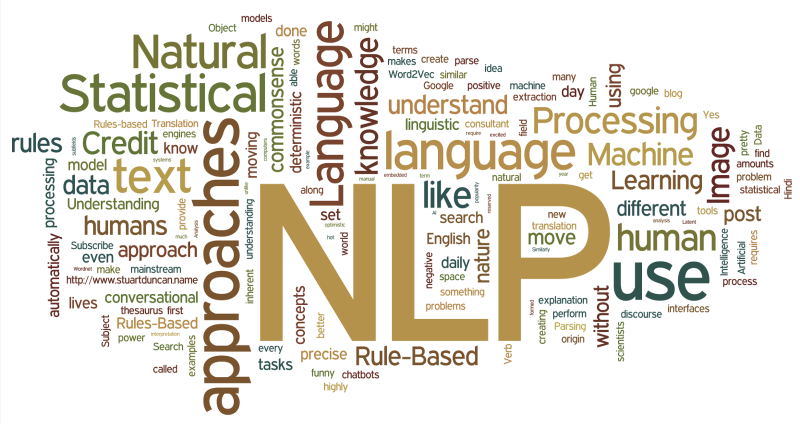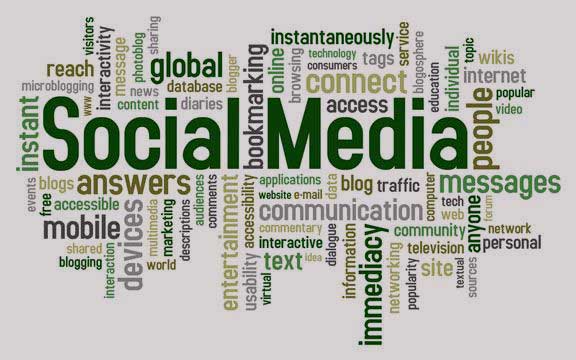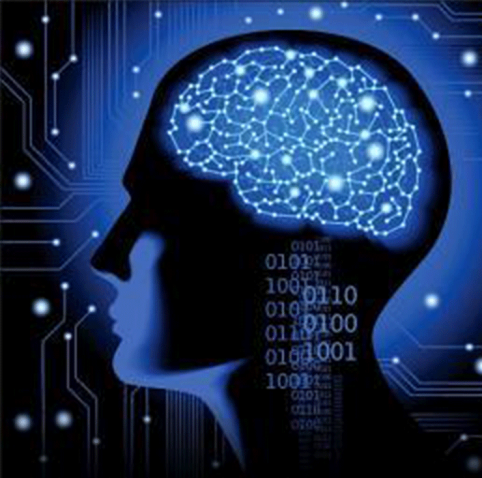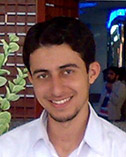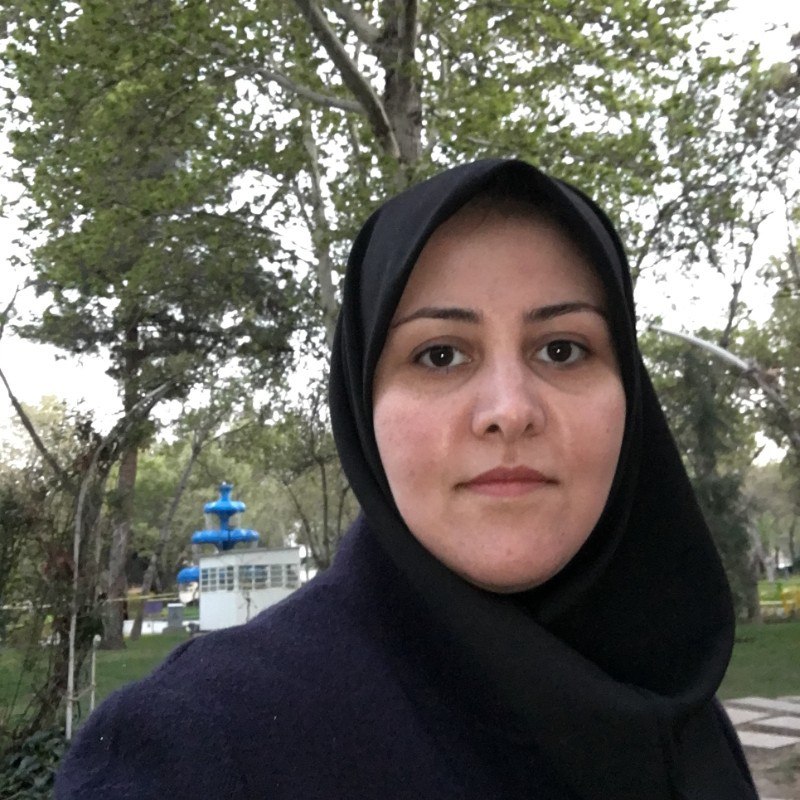Qur’anic body of Forqan
Imam Ali (AS) says: “Time interprets the Qur’an.”
It is in the perception of such narrations that Allameh Tabatabai considered every decade to require a new interpretation of the Qur’an, and it is obvious that this important thing requires the benefit of contemporary technologies. With this attitude and following the order of Imam Rahal (RA) to try to mine the Quran, the “Quran Mining Research Network” was formed in the last decade to use text mining technologies. advanced computer artificial intelligence to discover the hidden information of the Qur’an text. The researchers of this network are trying not only to solve the unresolved debates and doubts created for the Qur’an, but also to present unknown aspects of this main source of guidance to humanity. In this regard, the design and implementation of the textual body of the Holy Quran in RDF format and in the form of electronic content, containing morphological and syntactic information, will create the possibility of using and exploring for any kind of intelligent research and processing.
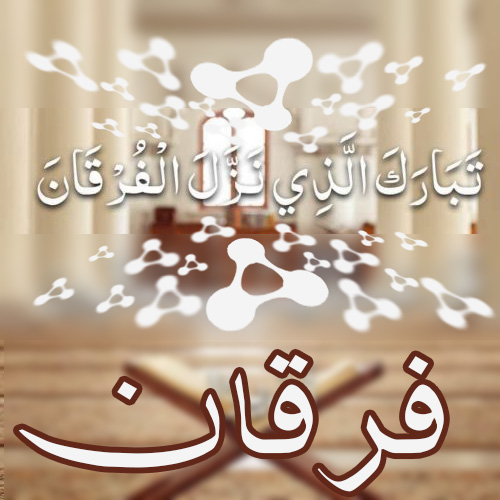
More details
The explanation of the linguistic miracle of the Holy Quran lies in reaching the invisible linguistic layers of this divine text. In this way, after providing a suitable platform for text mining on the Holy Qur’an, by designing and using text mining tools, we can explore the verbal and semantic text of the Holy Qur’an. Text mining as the newest form of cooperation between the knowledge of information technology, linguistics and literature in the computer exploration of human texts aims to achieve this and such an exploration requires the creation of tagged text bodies from those texts that The form of electronic content contains morphological and syntactic information of the desired texts.
The text and infrastructure structure that has been produced under the title of “Furqan Structure” for the Holy Quran is the result of using an intelligent system that was designed and implemented in the web technology laboratory of Ferdowsi University of Mashhad. This body with more than 587 megabytes of data, contains all the Quranic information, statistics, text and translation of Persian and English verses and morphological and syntactic labeling of the Arabic, Persian and English text of verses, finding the roots of their words and many other things in RDF format. And it has created the possibility of using and exploring for any research and intelligent processing.
With the information produced in RDF format for surah, verse, page, syntax and syntax of verses and alphabetic letters, a wide range of useful and useful information for conducting text mining operations has been provided for Quranic researchers. By taking advantage of the intelligent knowledge of text mining on the tagged textual bodies of the Holy Quran and preparing a comprehensive ontology or ontology of the concepts in the Holy Quran, in the next steps it will be possible to explain the linguistic miracle of the Holy Quran by reaching invisible layers. The language of this divine text took a step.
It should be noted that all the concepts and entities in the collected body have been linked to ontologies and concepts similar to them on the web. So that the currently available body includes more than 332,589 links, of which 33,854 are unique. There are more than 13,298 RDFs in the entire prepared corpus with a data volume of nearly 587 MB. There are also 13,299 HTML files (web pages) for representing RDFs information.
Currently, the tool for parsing the syntactic information of the verses has been designed, and the work to design a tool for doing SPARQL on the Quranic RDF data continues. Among the actions that can be taken in the next steps to enrich the work output and also to produce knowledge from the existing body, the following can be mentioned:
– Specifying the dominant theme and concept in each surah by examining and processing the concepts contained in the verses of the surah. – Processing the text and categorizing the topics of surahs and verses and specifying the relationship between them.
– Creating an anthology of Quran topics and concepts.
– Attributing verses to concepts. – followed by determining the relationship between words, verses, chapters, chapters, etc. by linking them with information on the web. – Completing and expanding the ontology of Quranic concepts with the process of machine learning and…
-Question and inference on the body produced by SPARQL, tapping on the RDF data and parsing the XML file containing simple information and the syntax of the Arabic text of the verses and human or intelligent analysis of the results to discover the verbal and semantic relationships hidden in the text of the Quran Kareem

